松澤宥

Yutaka Matsuzawa at Yale Union, June 30–August 18, 2019. Courtesy of Yale Union. Photo by Leif Anderson.
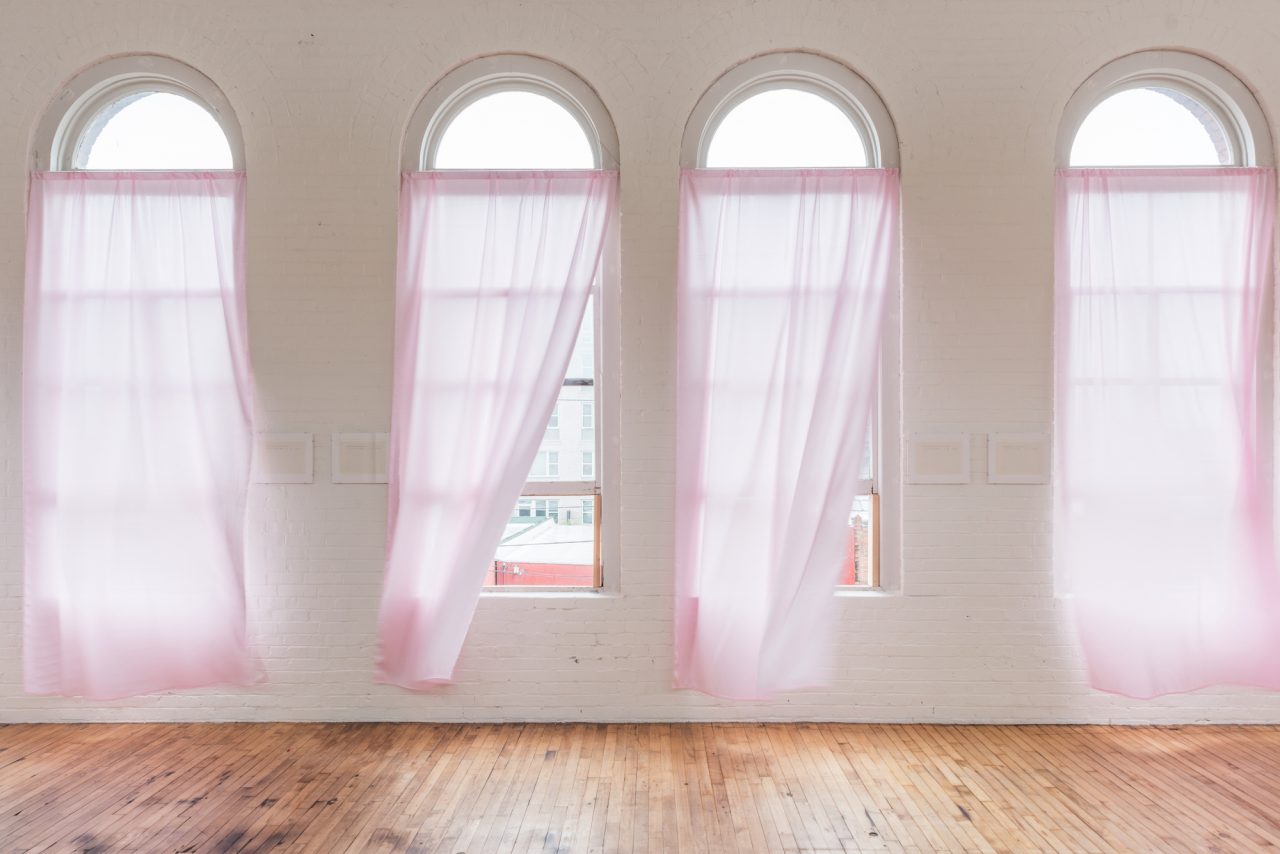
Yutaka Matsuzawa at Yale Union, June 30–August 18, 2019. Courtesy of Yale Union. Photo by Leif Anderson.
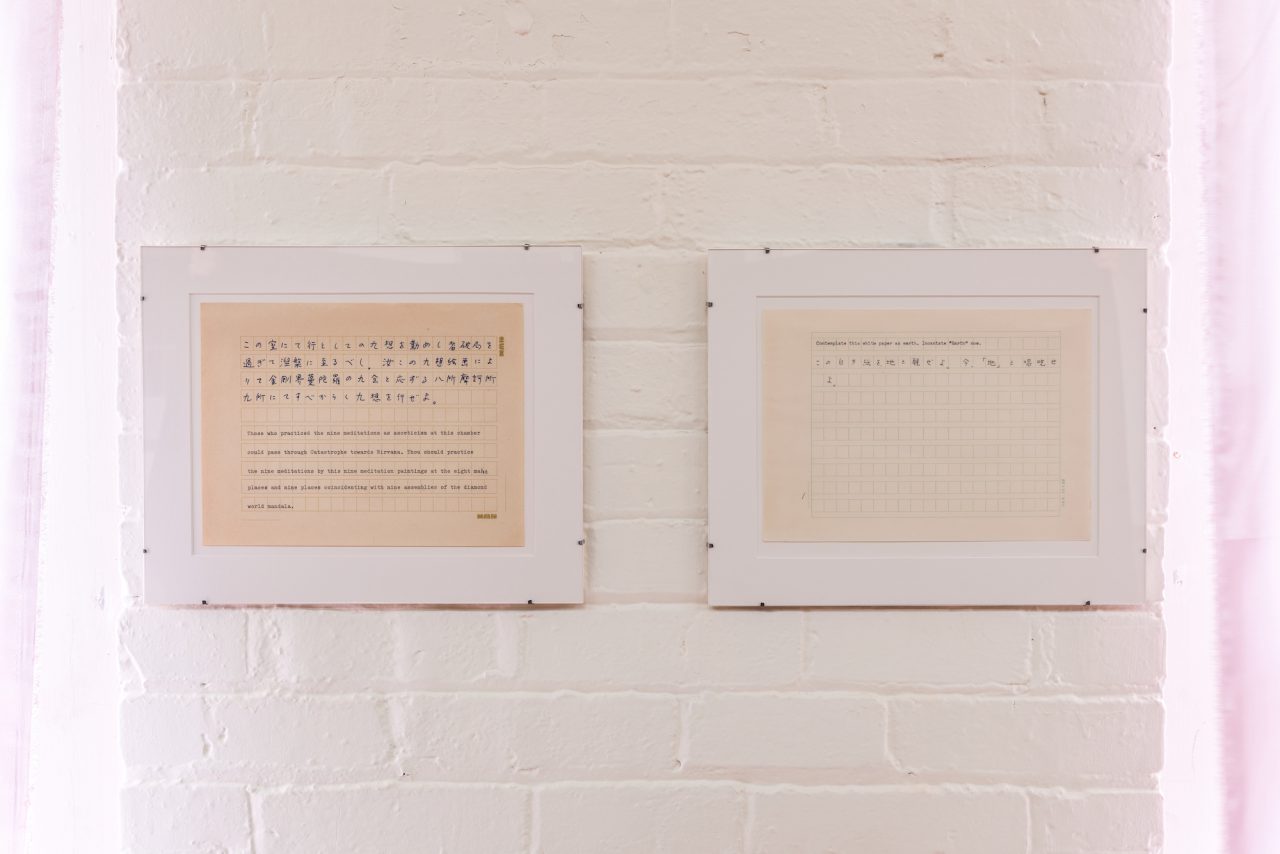
Yutaka Matsuzawa, The Nine Meditation Chambers (detail), 1977. Courtesy of Yale Union. Photo by Leif Anderson.
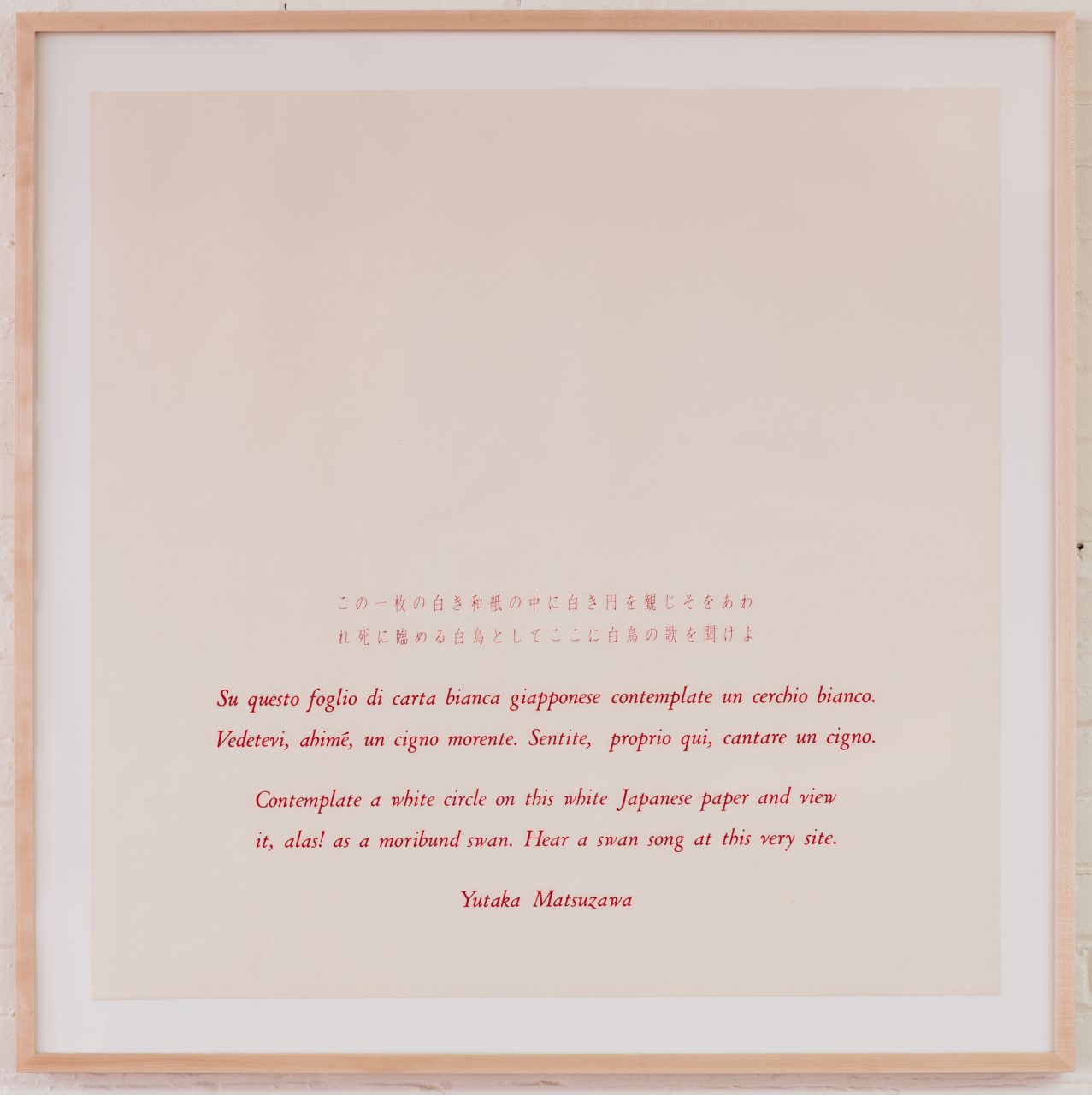
Yutaka Matsuzawa, Contemplate a White Circle in This White Sheet of Paper (Swan Song), 1976. Courtesy of Yale Union. Photo by Leif Anderson.

Yutaka Matsuzawa, Symbol Poem No. 4, 1954. Collection of Matsuzawa Kumiko.

Yutaka Matsuzawa, Untitled, c. 1960–63. Collection of Matsuzawa Kumiko.
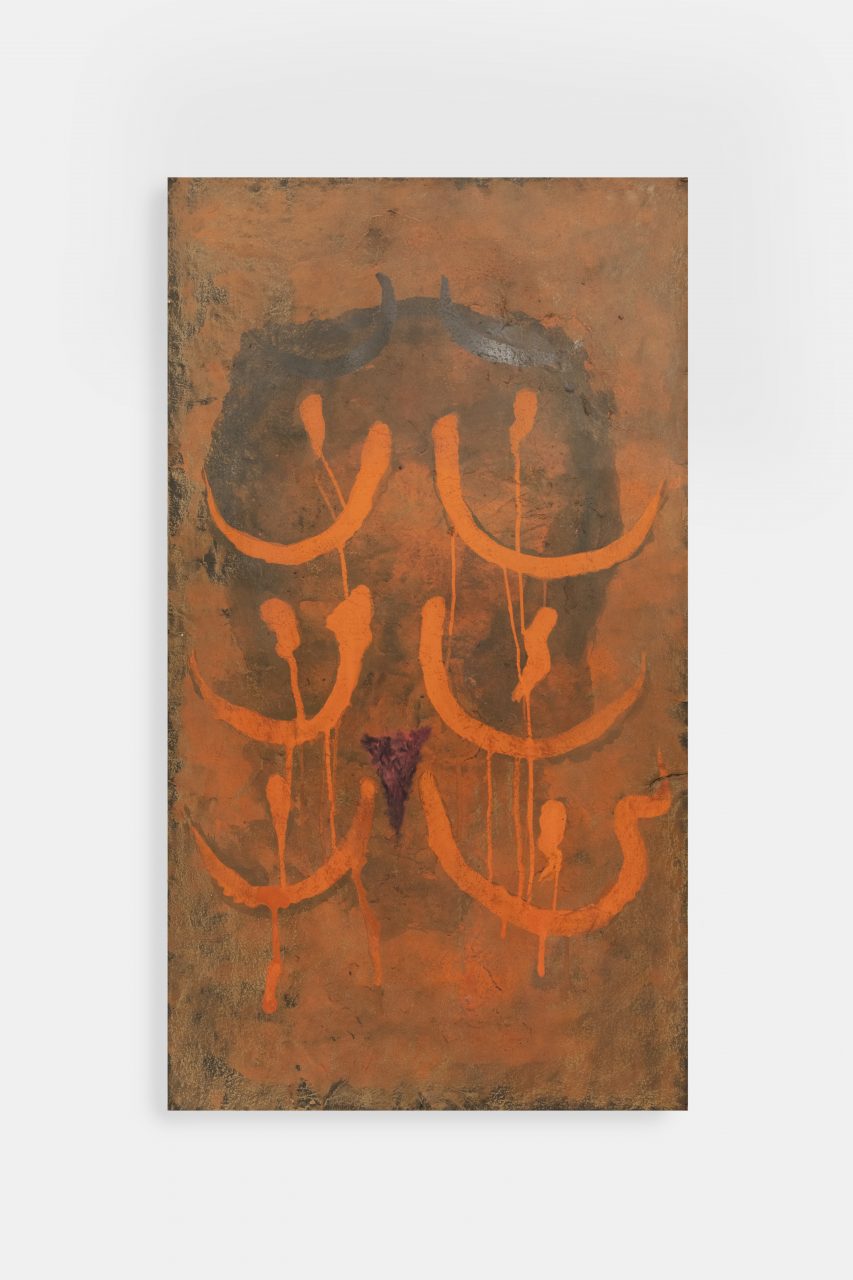
Yutaka Matsuzawa, Untitled, c. 1960–63. Collection of Matsuzawa Kumiko.
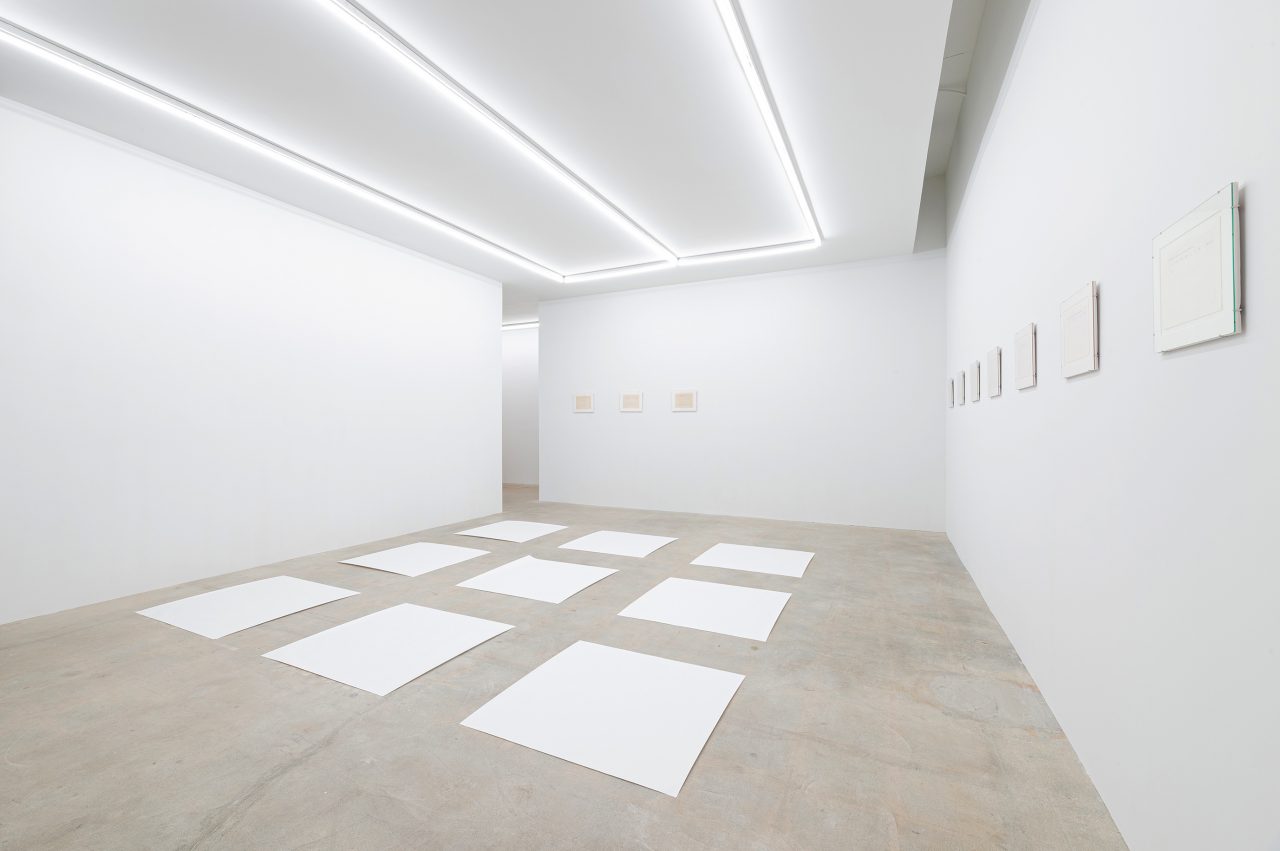
Yutaka Matsuzawa at Nonaka-Hill Gallery, September 7–October 5, 2019. Courtesy of Nonaka-Hill.
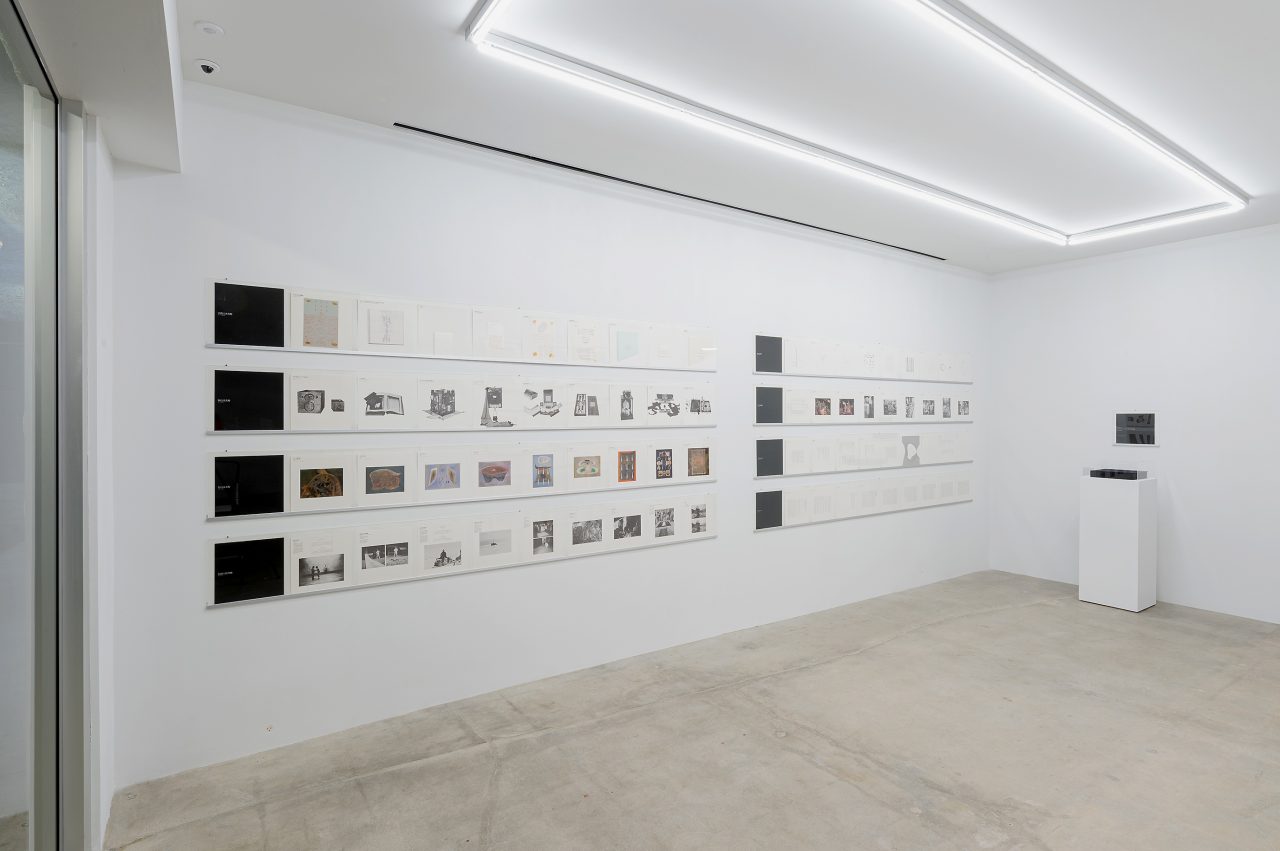
Yutaka Matsuzawa at Nonaka-Hill Gallery, September 7–October 5, 2019. Courtesy of Nonaka-Hill.
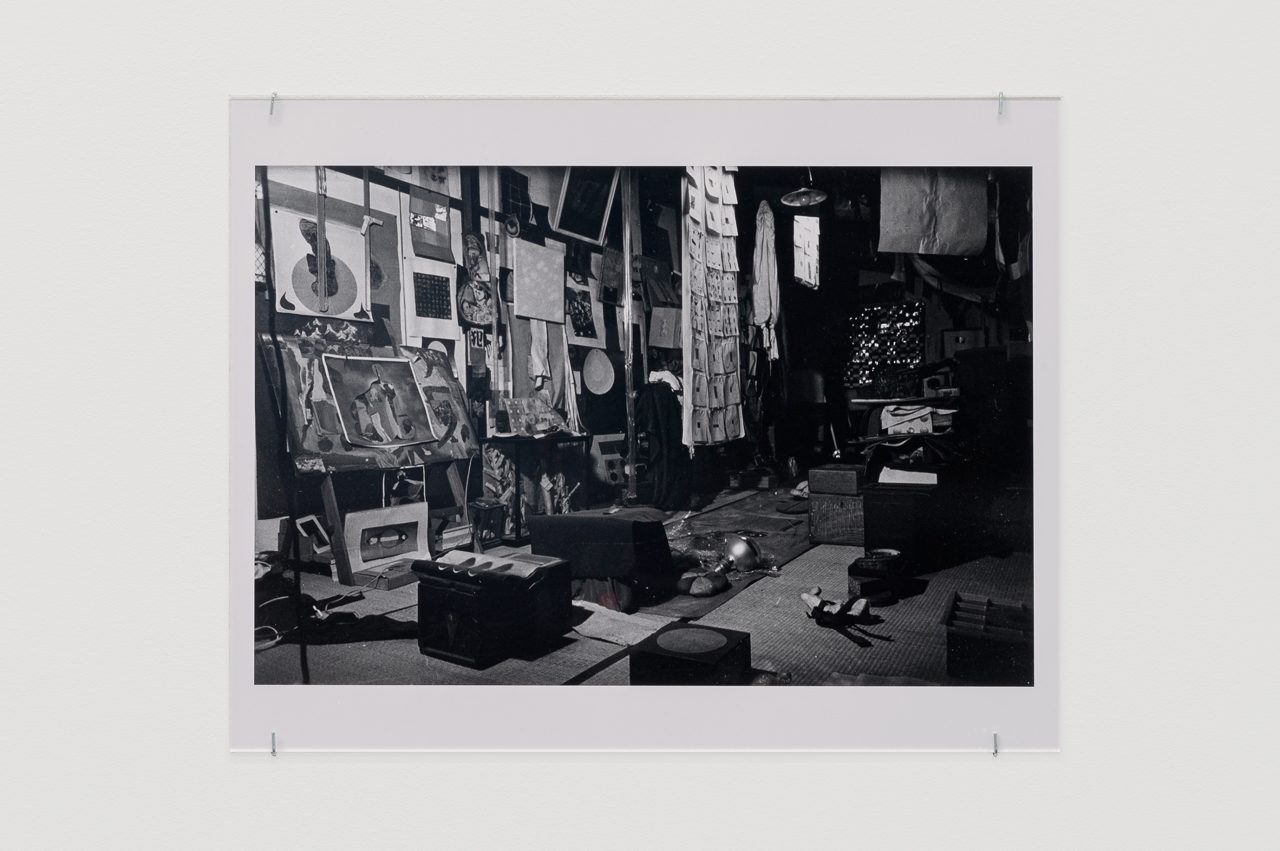
Mitsutoshi Hanaga, Matsuzawa Yutaka’s Psi Zashiki Room in Shimo Suwa, 1969. Courtesy of the artist and Nonaka-Hill Gallery.

Mitsutoshi Hanaga, Matsuzawa Yutaka performing with his 1966 Banner of Vanishing (Humans, Let’s Vanish, Let’s Go, Let’s Go, Gate, Gate, Anti-Civilization Committee) at Mount Misa, Shimo Suwa, 1970.
Photo © Hanaga Mitsutoshi. Courtesy of Mitsutoshi Hanaga Project Committee.
松澤宥(1922-2006)被視為日本概念藝術的先峰。生於日本中部的下諏訪町,松澤在二戰期間正修讀
建築,見證著1945年3月東京大轟炸的後遺影響,他於畢業時揚言希望「創造一種不可見建築」。捨棄建
築實踐後,松澤轉而寫詩、作畫,在其家鄉從事教學工作的同時進行藝術創作。在實踐構想中,松澤開
始發展出一套對概念藝術的獨特理解,提昇並超越了西方、歐洲中心主義藝術世界對概念藝術的典型看
法。